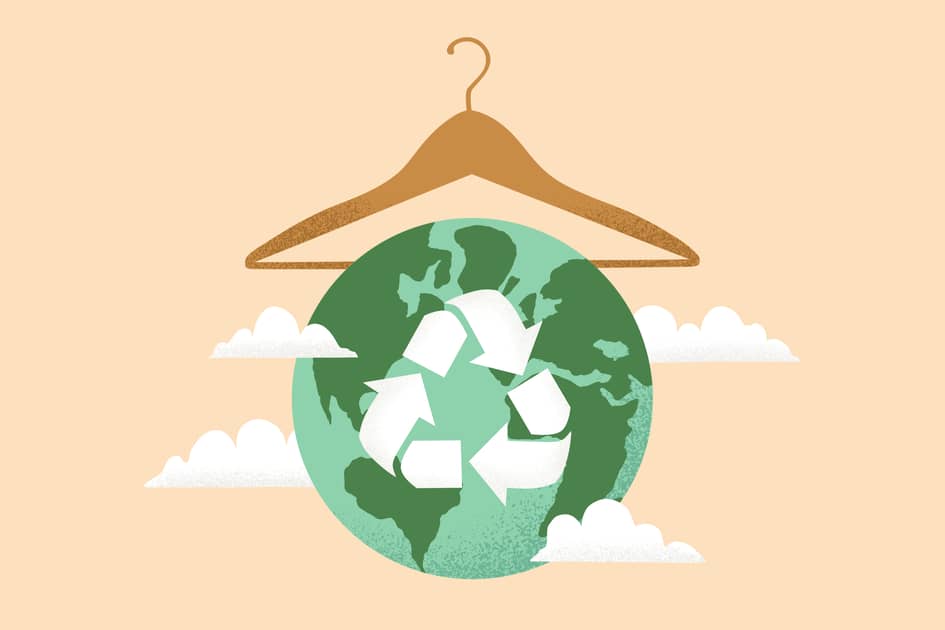Sustainable Fashion Market Credits: GS1
The global sustainable fashion market, valued at 7.8 billion dollars in 2023, is on a trajectory of rapid expansion, with projections indicating it will soar to 33.05 billion dollars by 2030, as per a recent report by Coherent Market Insights.
The eco fashion market segment is defined by a focus on sustainable and organic materials, manufacturing through sustainable processes, and a fundamental shift in the fashion industry towards more responsible practices.
At the heart of this growth is the escalating consumer awareness concerning environmental sustainability and social responsibility, driving a surge in demand for sustainable fashion alternatives. Simultaneously, stringent governmental regulations mandating sustainable practices within the fashion sector further propel market expansion.
Market Trends
A notable trend in this domain is the rise of circular fashion, which advocates for the reuse, recycling, and upcycling of garments to reduce waste and minimize environmental impact. Additionally, there's a noticeable uptick in the usage of eco-friendly materials like organic cotton and recycled polyester, aligning with the growing demand for ethically sourced apparel.
Opportunities
The burgeoning sustainable fashion market presents enticing opportunities, fueled by increasing consumer inclination towards eco-conscious products. As consumers gravitate towards brands prioritizing sustainability, there's a palpable demand for ethically manufactured apparel, footwear, and accessories. Moreover, the rising adoption of recycled and organic fabrics expands market potential, catering to a growing cohort of environmentally mindful consumers.
Key report takeaways
The Global Sustainable Fashion Market report anticipates a robust compound annual growth rate (CAGR) of 22.9 percent during 2023-2030, driven by escalating consumer demand and the increasing adoption of eco-friendly fabrics. Apparel emerges as a dominant segment, propelled by consumer preference for sustainable clothing, while recycled fabrics witness ascension, mirroring the surge in demand for eco-friendly materials.
The dominance of the men's fashion segment underscores the growing interest in sustainable fashion among male consumers. Moreover, online retail emerges as a dominant distribution channel, aligning with evolving consumer shopping preferences. North America leads the market, buoyed by a substantial cohort of environmentally conscious consumers and a burgeoning demand for sustainable fashion products.
For more information and to see the report visit www.coherentmarketinginsights.com.
http://dlvr.it/T5F41g

No comments:
Post a Comment